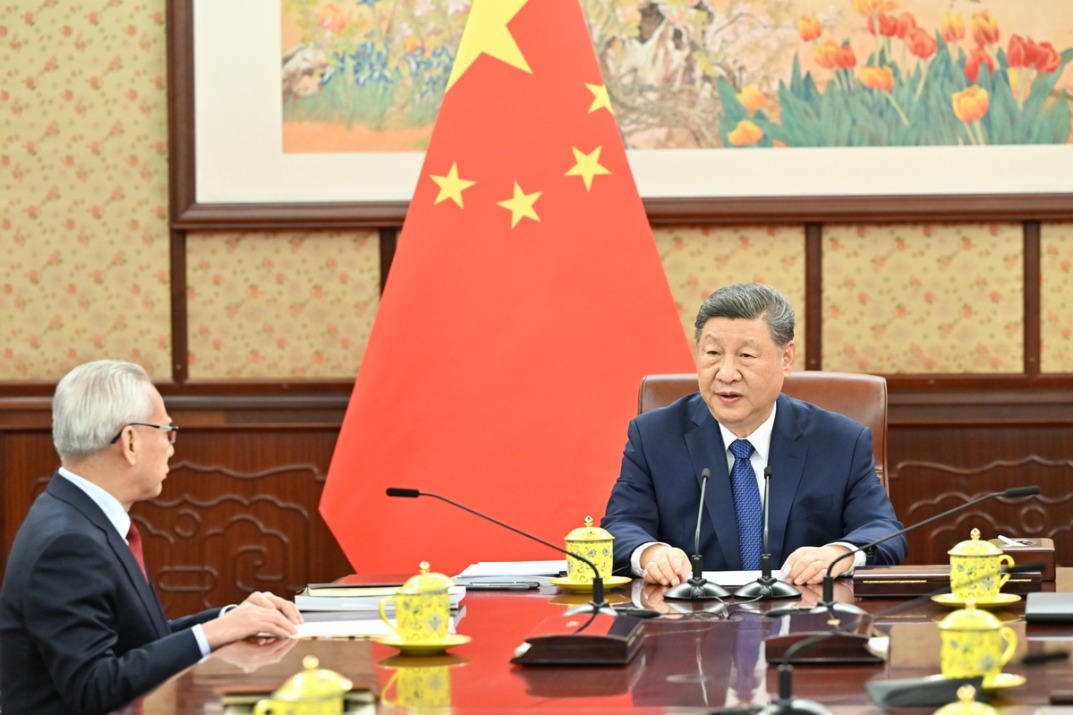Tibet's former ’village of beggars‘ prospering
Xinhua | Updated: 2018-02-17 20:32
LHASA -- From a beggars' conclave to a boomtown, Paryu village in Nagqu prefecture, Tibet autonomous region, has undergone a complete facelift over the past ten years.
Located in northern Tibet, at 4,800 meters above sea level, Paryu has a harsh natural environment. In 1994, 73 people were relocated from Setsing township to settle in Paryu.
"We were so poor. The richest family had only one or two yaks," said Nyibeng, who was 25 when he moved here. The local government gave the village 100 yaks but stipulated collective ownership.
"When the animals were collectively owned, the villagers did not put in much effort looking after them," said Oto, director of cooperatives in Nyainrong County.
At villagers's request, the yaks were then distributed among individual owners, but few people knew how to care for them. "Many of the yaks froze to death. In order to survive, the people had to beg for a living," said Oto.
Things did not change until 2009, when the government allocated more yaks and founded a cooperative. The herders became shareholders through providing cattle, workers or land.
Dairy and meat products from the pollution-free environment began to sell well on the market, said Oto.
Annual per capita income reached over 10,000 yuan (about $1,587) in 2013 and has kept increasing.
In 2017, the cooperative made over 1.15 million yuan ($182,500) and distributed the profits among people in the village.
The village also established two tea houses and rotates the right of operation among the villagers. In January, a third tea house was founded and Budi won the right of operation through a lottery draw.
"I received a 20,000-yuan (about $3,174) start-up fund but have to return 25,000 (about $3,968) at the end of first year, then I keep the rest of the profit," said Budi.
"Paryu used to be a shantytown for men in rags, now it has become a clean, beautiful, and prospering town," he said.
























